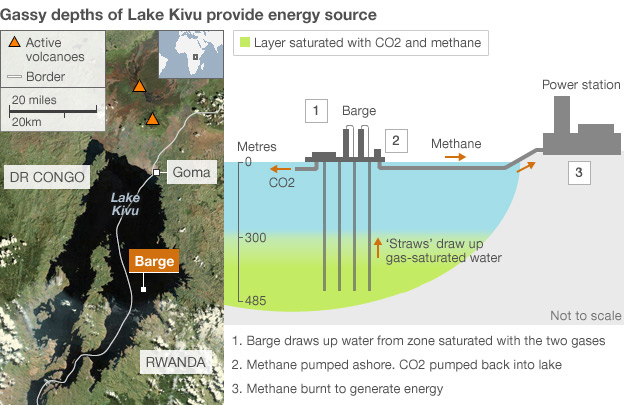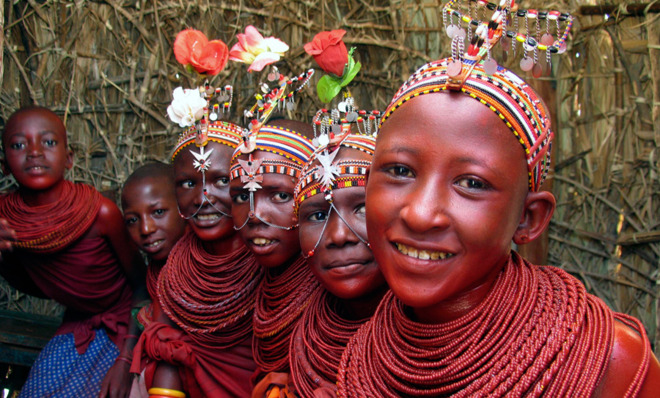

On the floor of the Eastern Rift Valley, Lake Kivu lies on the western border of Rwanda, shared with bordering country DR Congo.
Over the years Lake Kivu has been both an important food source and a tourist hotspot for Rwanda. What many people don’t know about Lake Kivu, is that the beautiful beach is part of one of the world’s only three exploding lakes.
Lake Kivu stores almost 60 billion cubic meters of methane gas and is highly likely to have underwater eruptions because of the volcanoes that surround it and the anaerobic bacteria in the water. The underwater eruptions are known as overturns, and can lead to catastrophic events. In 1986, an exploding lake in Cameroon released a bubble of carbon dioxide that killed approximately 1,746 people.
Lake Kivu is currently safe thanks to a pilot project launched by the Rwandan government in 2008, to extract its methane gas and use it as a power source. Only 20% of Rwandan homes have power, but if the lake is utilized well it could provide at least 1,000 megawatts to power the rest of the population by 2020. Currently only 2.4 megawatts of power is being extracted by the pilot project. “This lake has the power to produce up to 800 megawatts. We only do 2.4, so imagine how much is left,” said Oliver Ntirushwa, the manager at Kibuye Power Plant in northwest Rwanda.
Methane is found 250 meters underneath Lake Kivu. Engineers lower a pipe to the layer of dissolved gas, then capture, purify and dry it until it’s ready for use as a source of electricity. The Lake Kivu methane gas project is the first of its kind in East Africa. If handled well it will be an excellent and economically sound method of creating electricity.












